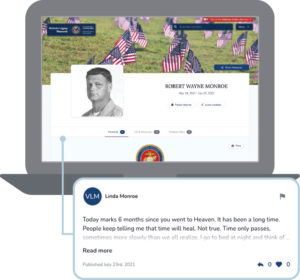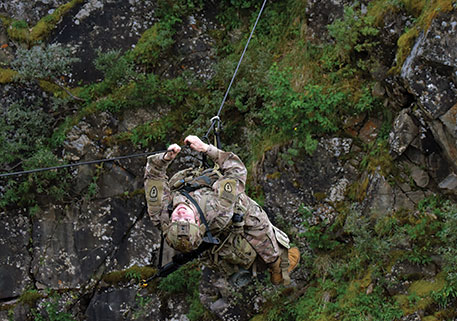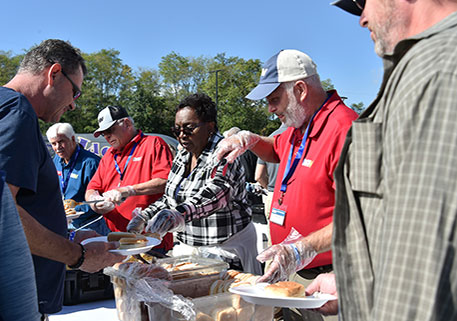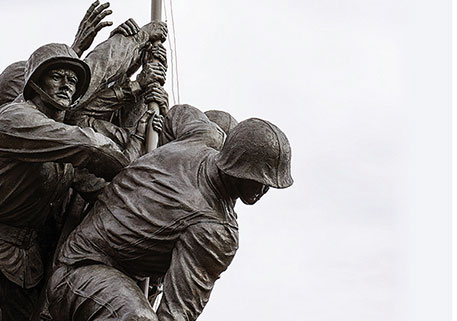 A heartfelt message left by a Marine’s widow. An extension of gratitude left for a soldier who died in battle during the Revolutionary War. A tribute to a teenage friend killed in action in Vietnam. These are some of the messages people are leaving veterans, friends and loved ones using a digital tool available through the Department of Veterans Affairs’ National Cemetery Administration.
A heartfelt message left by a Marine’s widow. An extension of gratitude left for a soldier who died in battle during the Revolutionary War. A tribute to a teenage friend killed in action in Vietnam. These are some of the messages people are leaving veterans, friends and loved ones using a digital tool available through the Department of Veterans Affairs’ National Cemetery Administration.
More than 12,000 users have submitted messages, documents and photos to the Veterans Legacy Memorial, a collection of webpages honoring more than 4 million veterans interred in VA national cemeteries nationwide. Launched on Memorial Day weekend in 2019, the website has since grown more interactive.
“We allowed users to start putting tributes, or comments, on a page, much like you would see on Facebook or a guest book at a funeral home,” said James LaPaglia, chief of digital services for the National Cemetery Administration. “Now people can submit photos, and historical documents, and they can create a word cloud that represents their veteran.”
While users can search by the branch of service, war period or cemetery location, all that’s required is a last name to query millions of pages to find a specific individual through this online tool.
“Today marks six months since you went to Heaven,” Linda Monroe wrote on the page of her late husband, Robert. “It has been a long time. People keep telling me that time will heal. Not true. Time only passes, sometimes more slowly than we all realize.”
Robert served 20 years in the Marine Corps and died on Jan. 23, 2021.
“Many of us have lost friends along the way, whether it was during war or many years later,” said National Commander Andy Marshall. “It can be an important part of the healing process to express both grief and gratitude.”
While many visitors pay tribute to loved ones, others leave comments on memorial pages for veterans they never knew, such as Medal of Honor recipient Army Sgt. 1st Class William Bryant.
“Thank you for your service and sacrifice,” Matt Wood wrote. “Truly a giant among men and an inspiration to so many who have followed in your footsteps.”
While the website is primarily a way to memorialize veterans, LaPaglia said historians and other academics can use this tool to conduct research to fill gaps in veterans’ stories.
“The more people use it to upload stories of their own veterans, the more value the site becomes to a history researcher trying to find out information,” he added. “The long-term goal is to have a page for every veteran.”
For more information or to use the online tool, go to www.vlm.cem.va.gov.






